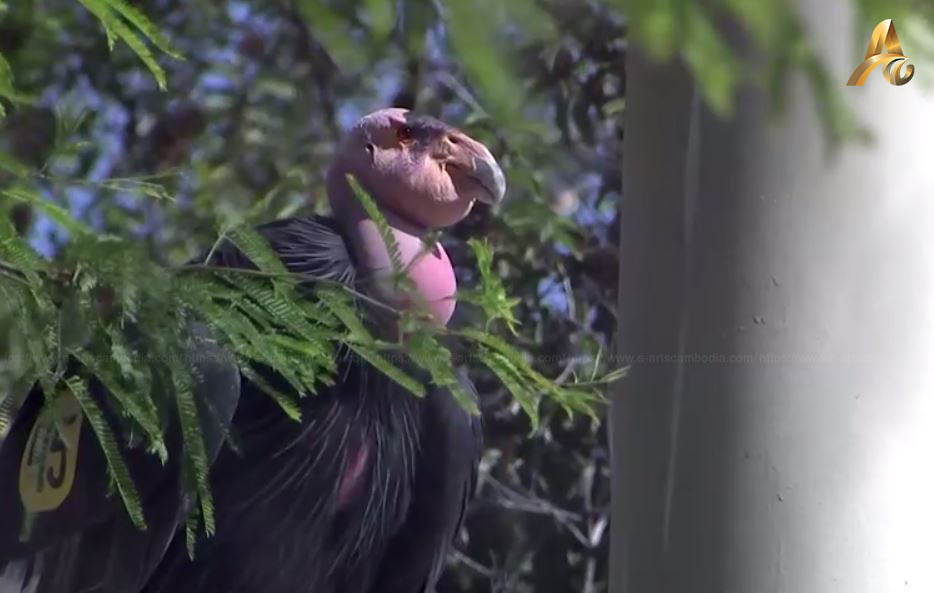INTERNATIONAL: Conservation scientists at San Diego Zoo Wildlife Alliance have found that critically endangered California condors can reproduce without mating. During a routine analysis of biological samples from two California condors in the zoo's managed breeding program, the scientists found that two California condor chicks had hatched from unfertilized eggs. It came as a big surprise and a very rare discovery.
The California condor is one of the world's rarest bird species, but the population is increasing. Associate Director for the Conservation Research Division at San Diego Wildlife Alliance, Cynthia Steiner says that it was confirmed by scientists that each condor chick was genetically related to its mother but neither bird was genetically related to a male. Steiner also co-authored the study.
She says, "It came as a big surprise, to be honest, we didn't expect to find any of this. It was about validating this result because when we found this, it was more for us, something that it was related with maybe errors in the way we were genotyping or getting the genetic information from these condors. It was about, you know, redoing a lot of the genetic testing just to make sure that it wasn't really any error. And it was more about understanding the biology of birds in general. So, at that point, we realized that this might be a possibility as well, in the reproduction of birds. So, we put all these pieces together, plus the information that we got, as I said, from all this genetic data that we have from 30 past years of collecting genetic information from California condors, we put the pieces together and it was like an eureka moment -- OK, so this is really happening."
She says it is known in other species, in reptiles and in fish, but in birds it's very rare, in particular in wild species. Steiner has added the discovery was particularly surprising, because both female birds were continuously housed with fertile male partners and had already produced chicks while paired with a male. Both chicks were underweight when they hatched. One was released into the wild and died at the age of two in 2003, while the other survived for eight years in captivity and died in 2017.

PHOTO: CALIFORNIA CONDORS AT THE SAN DIEGO ZOO SAFARI PARK, INTERVIEW WITH CO-AUTHOR OF STUDY INTO ASEXUAL REPRODUCTION IN CALIFORNIA CONDORS, GENETIC LAB WORK BEING CARRIED OUT





















